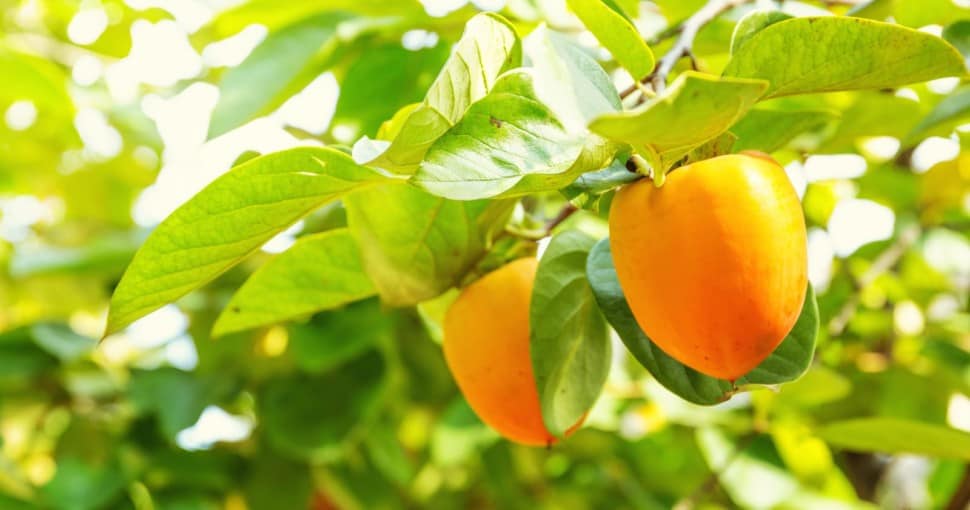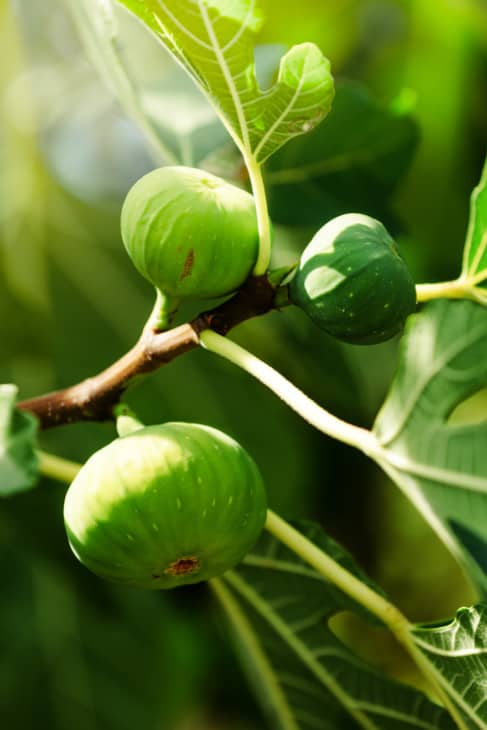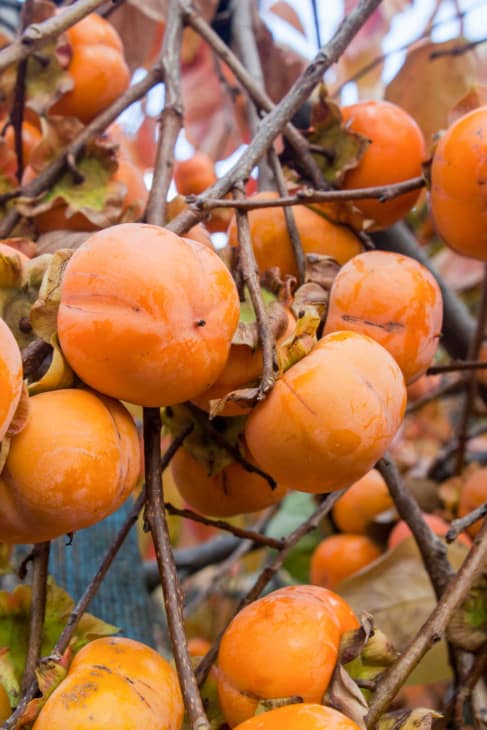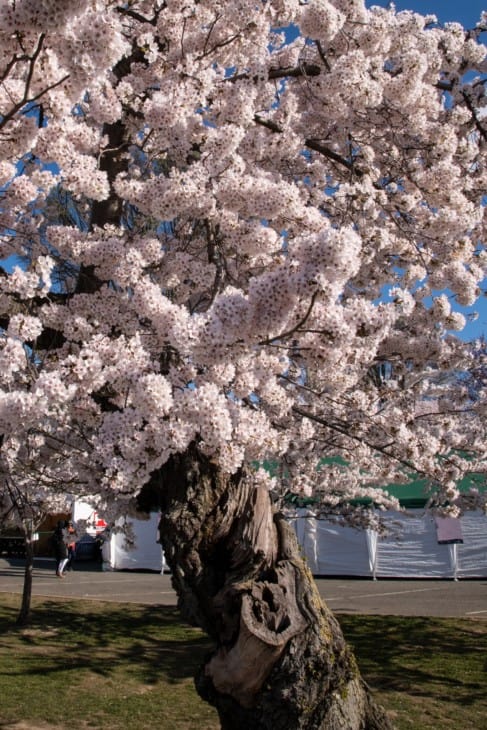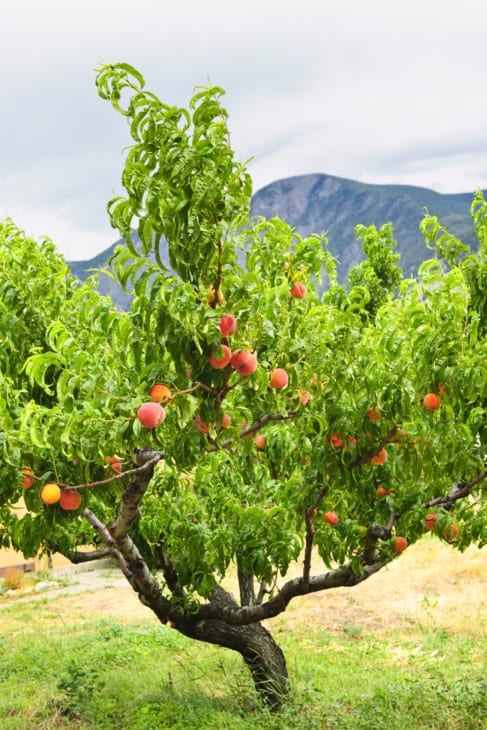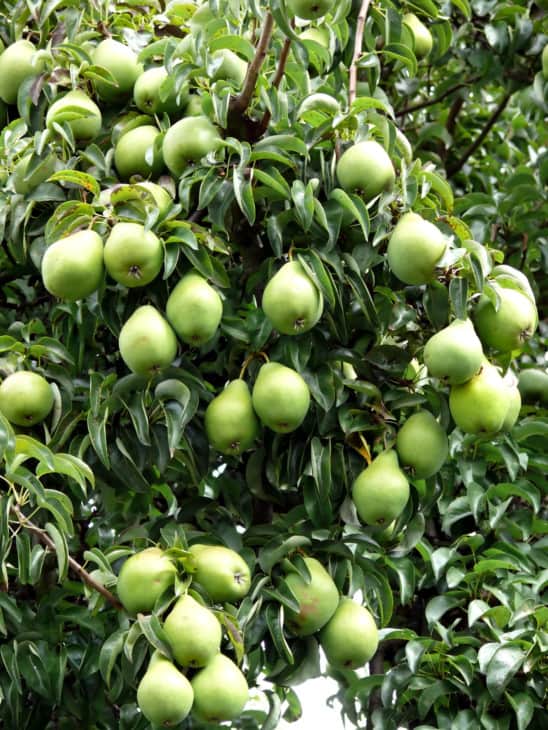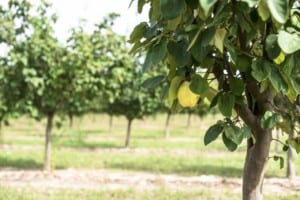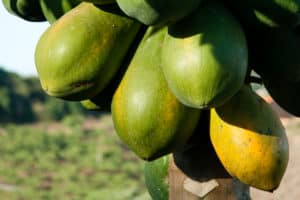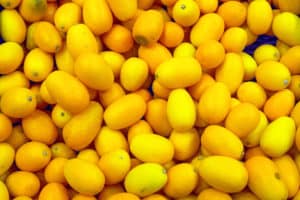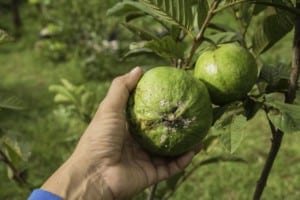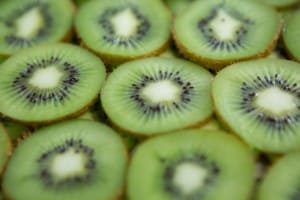Everyone loves the taste of fresh fruit, especially if the fruit is grown in their own backyard. For people living in North Texas who wonder if they can successfully plant fruit trees in their yard, the answer is a resounding “yes,” even though this doesn’t apply to all fruits. This article gives 7 examples of great fruit trees to grow in north Texas.
Contents
The climate and soil conditions vary in North Texas, but the good news is that most homes and businesses can grow most fruit trees successfully. One of the most important factors in growing fruit trees successfully is plenty of sunshine, and everyone knows that Texas has a lot of that.
Nevertheless, some fruits, including berries, can be difficult to grow if they freeze, so even if a certain area only freezes occasionally, it may be necessary to cover certain fruit trees if the meteorologist says to expect below freezing temperatures.
Other fruits require a little maintenance and TLC during the growing period, but the instructions that come with the tree should have all of that information on it. As long as homeowners follow those instructions to the letter, their fruit trees should be fine.
Naturally, not all fruit trees will thrive in North Texas weather, but many of them will. The main thing people have to watch out for are freezes and late frosts. Nevertheless, below is a list of fruit trees that do very well in North Texas.
Also Read: 8 Best Palm Trees For North Texas
1. Fig Trees
The reason fig trees do so well in North Texas is because they can tolerate the extreme heat and some drought. Varieties that work best in this area of the country include Brown Turkey, Alma, and Texas Everbearing, but others work just as good.
Another reason why these trees are so popular is because they can be purchased in numerous sizes. This includes dwarf fig trees, which get up to around six feet; and standard fig trees, which get up to 20 feet high and 12 feet wide.
There are also a lot of things people can do with figs, and the trees certainly produce a lot of them. The beautiful foliage is also something homeowners appreciate, making the trees both attractive and functional. In other words, there are numerous reasons why fig trees are so popular!
2. Pomegranate Trees
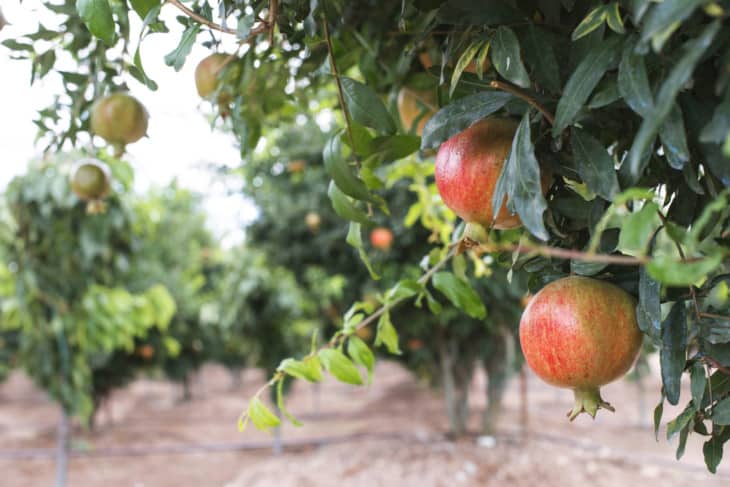
Pomegranate trees make a great addition to any North Texas garden because they are so tolerant of both the heat and drought. When they grow, they look more like large bushes than they do trees, and their bright-orange flowers are loved by both humans and birds, especially hummingbirds!
Pomegranates don’t have to be harvested because the trees do well as ornamental trees. However, for people who do decide to eat the delicious fruit, all they have to do is wait until the fruit cracks because this is a sign that they can be harvested, which is typically from mid-September to December.
These are also very large fruits, making them look good on the tree. They are fairly easy to grow, so for beginning gardeners who want to try their hand at growing fruit trees, this is an excellent option. Low maintenance and super tasty, growers won’t go wrong by choosing this type of tree for their yard.
3. Mexican Plum Trees
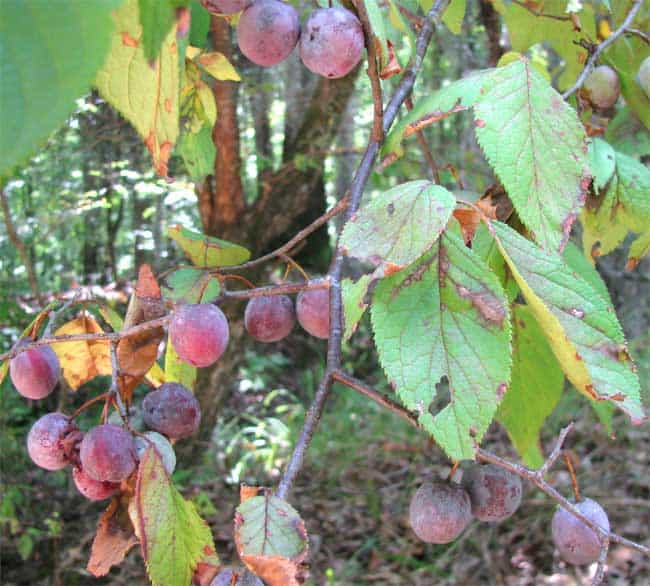
Mexican plum trees are native to Texas and therefore do very well there. Although the fruits are a little on the tart side when eaten fresh, they make great jellies and jams. In early spring, these trees produce tons of gorgeous white flowers, so they are attractive as well as practical.
If homeowners only have a small space to plant a fruit tree, that’s alright because Mexican plum trees will work well in this situation. Between the dark-colored bark and the fact that they can grow up to 25 feet in height, these trees are perfect as both decorative trees and for great fruit.
People always notice Mexican plum trees because of their fragrance, which permeates throughout the air far away from where the trees themselves are located. For people who love fruit trees, these trees lend their garden a bit of ambiance.
- When Are Plums In Season?
- 23 Top Types Of Plum Trees
4. Persimmon Trees
Persimmon trees work well in North Texas and they can even tolerate a frost. In fact, one of the main types of persimmon trees works best after the first frost of the season, when the fruit begins to get soft and flavorful.
Like pomegranate trees, persimmon trees can be ornamental or grown for the fruit. If the fruit is left on the tree, the tree is gorgeous. If the owner decides to eat the fruit and use it in recipes, it’s even better!
Many people plant these trees so that the color can dot the landscape of their yard. Indeed, the trees add both beauty and the joy of growing fresh fruit at any time, making them a very popular tree for sure. As long as they never get too much below freezing, they should grow well and stick around awhile.
5. Cherry Trees
There are two main types of cherry trees: sweet and tart. Fortunately, both of them are easy to grow and low maintenance as well. Both types of trees come in regular and dwarf sizes, and it usually takes three or more years to start seeing fruit.
For sweet cherry trees, homeowners need to plant at least two of them together because they are not self-pollinating. Cherries are also good for a variety of dishes, and the sweet cherries can be eaten plain.
For people who want something easy to take care of and who don’t mind waiting several years for the first fruit to appear, cherry trees are the perfect tree to choose. As luck would have it, most growers consider this fruit well worth the wait!
6. Peach Trees
Peach trees need lots of sun and can withstand temperatures to -20° Fahrenheit, so they are great trees for any location in Texas, including North Texas. Best of all, there are regular and dwarf varieties of this tree, giving growers the versatility they need and want.
Peaches are also very versatile fruits because people can eat them as snacks or use them in pies, cobblers, jellies and jams, and even in muffins. Some peach trees are self-pollinating and some aren’t, so checking the instructions is a smart idea because it will tell people whether or not they need to buy two trees.
The North Texas sunshine will certainly help peach trees grow and thrive, which is why these trees can be found in many backyards, business properties, and even lining city streets and other public areas.
Related: Different types of peach trees
7. Pear Trees
Homeowners who wish to plant pear trees in their backyard need to realize that these trees don’t produce any fruit until they are roughly three years old, sometimes later. Nevertheless, once the trees are more established, owners will have plenty of pears to enjoy for many years to come.
Owners also need to know that pear trees do not self-pollinate; therefore, they will have to plant two or more trees for them to bear any fruit. There’s nothing quite like a fresh, juicy pear picked off of a tree in someone’s backyard, so it’s good to know that they grow well in this part of the country.
Another good thing about pear trees is that they are low maintenance and very resistant to disease. This makes them perfect for beginning gardeners because they are easy to grow.

